Polaroid returns
Everyone remembers the company Polaroid, which produced cameras with instant printing since 1948. Personally, I last heard about the company five years ago, when an instant printing device of photo stickers for schoolchildren was announced. In 2008, the company safely went bankrupt, but did not cease to release their devices and after going through the restructuring decided to return to the roots.

By the will of the case, I came across a set of a Polaroid i1237 digital camera and a Polaroid Po-Go mini-printer, which together are a substitute for the very "Polaroids" that everyone is used to.
')
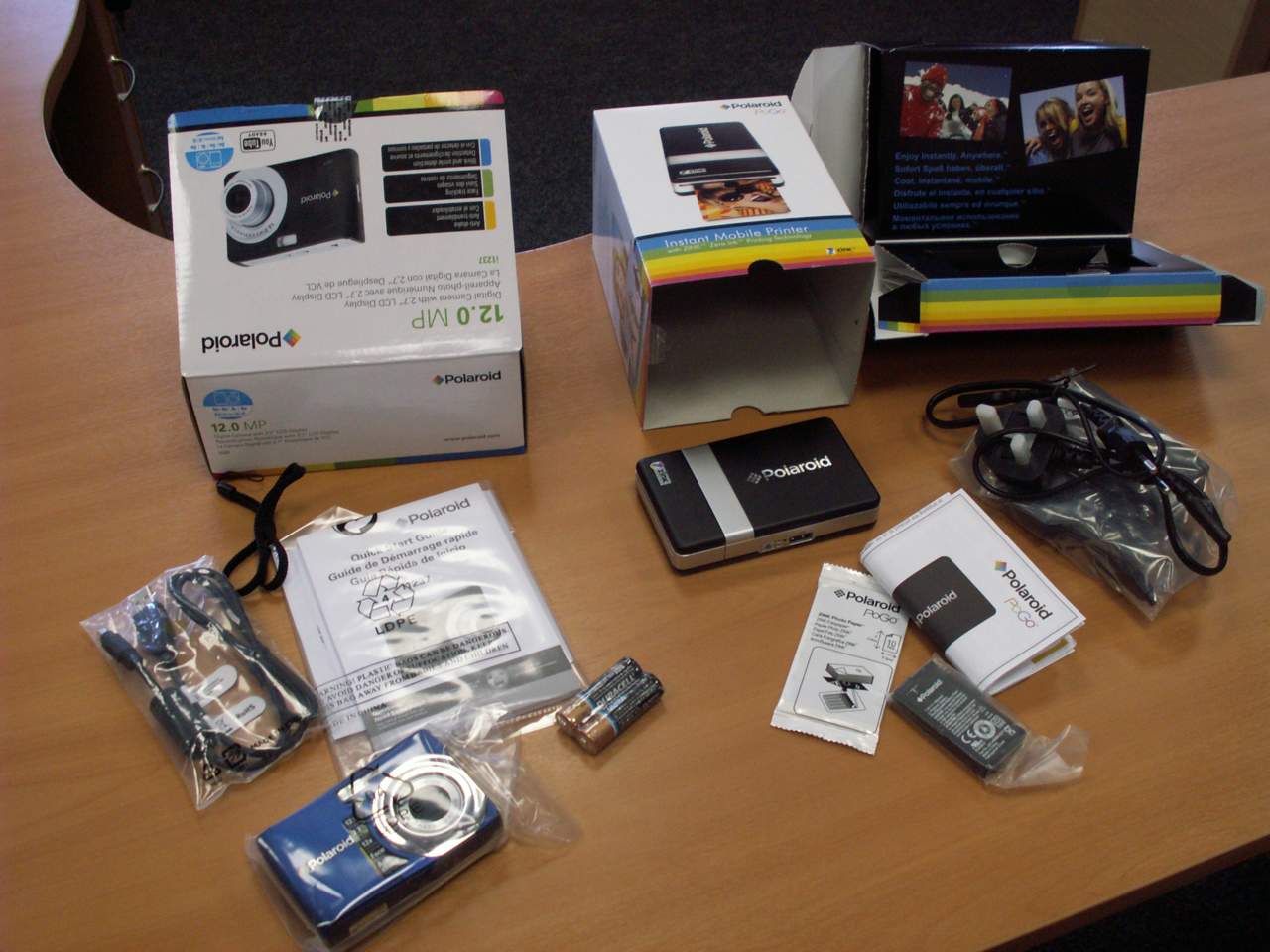
For camera :
For printer :
Grade minimalist, only necessary and nothing extra. In terms of the camera - surprised by the lack of a memory card in the kit, they are not so expensive now. As for the printer - the paper could be put and more. Interestingly, they will not eat me for spending a little bit of it ...
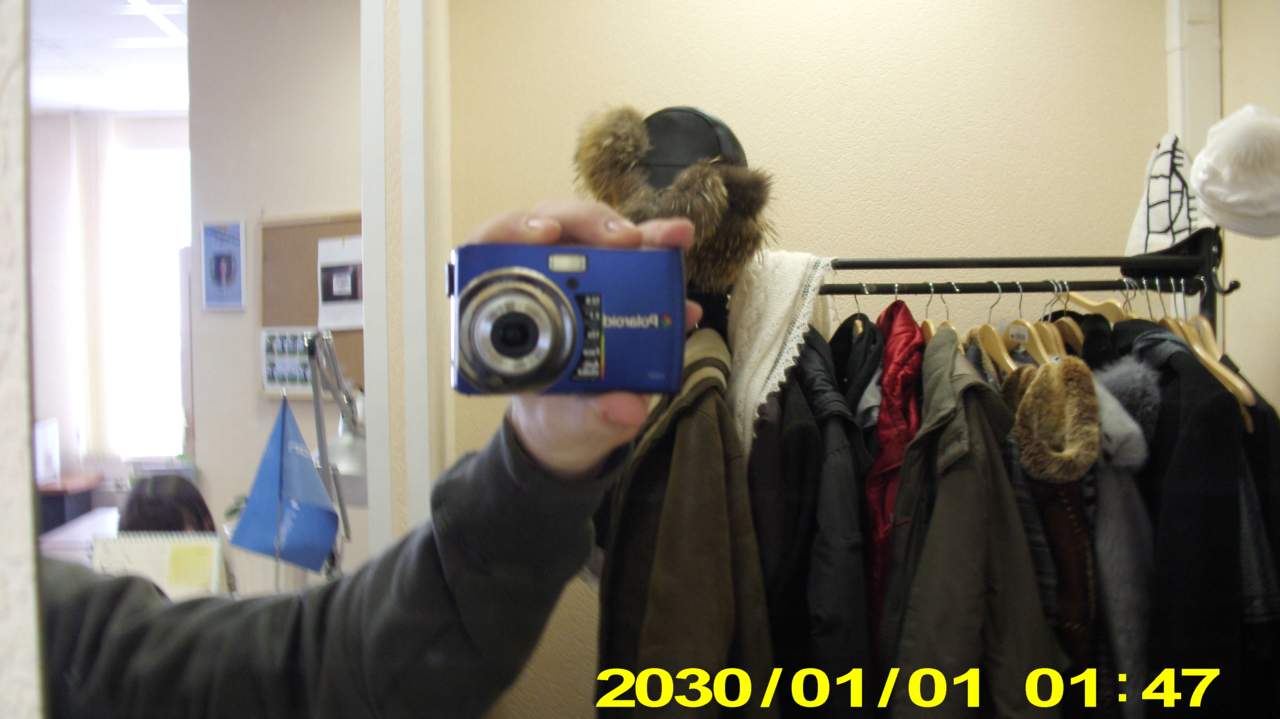
As a recommended price for this device, a modest 3699r was announced on the manufacturer’s website, so one could not wait for phenomenal results from the device. Specialized tests were not at hand, so testing would be superficial and subjective.
Specifications:
Like everything like everyone else, without any frills. More detailed specifications can be found here .
The usual thick "soap dish", without claims of ergonomics. In the hand is normal, do not say that it is convenient. I did not find what the “scene” button is responsible for. The “anti-shake” power button is located between the power button and the “shutter” button.
The interface is very crappy, access to the general menu is possible only from the photo viewing mode. Localization into Russian is, though leaves much to be desired. When you press the "menu" button in shooting mode, the camera will offer to choose the frame size, enable face detection, adjust the delay and auto-view photos. Why all this is needed is not clear.
But the worst thing is that in 20 minutes of picking on a small menu, I never found where to turn off the time stamp in the photo. I didn’t want to go into the instructions on the CD, maybe the secret lies somewhere there. Or maybe there is a problem in the Russian localization, in which the sub-item “Screen save” is the setting of energy saving functions.
Well, in general ... who do they interfere with, these "small" little yellow letters? =)
Everything is quite mediocre, although the camera takes pictures with its 12 megapixels. For clarity - a couple of frames in the ratio of 16: 9 (it stood by default) compressed to 1280x720.


At this point I ended up with a camera in order not to upset myself.

The Polaroid Po-Go Printer is a small box that prints 2x3 inches at a speed of 1 per minute. As possible transfer interfaces are PictureBridge via a USB cable from a camera, as well as Bluetooth.
Specs
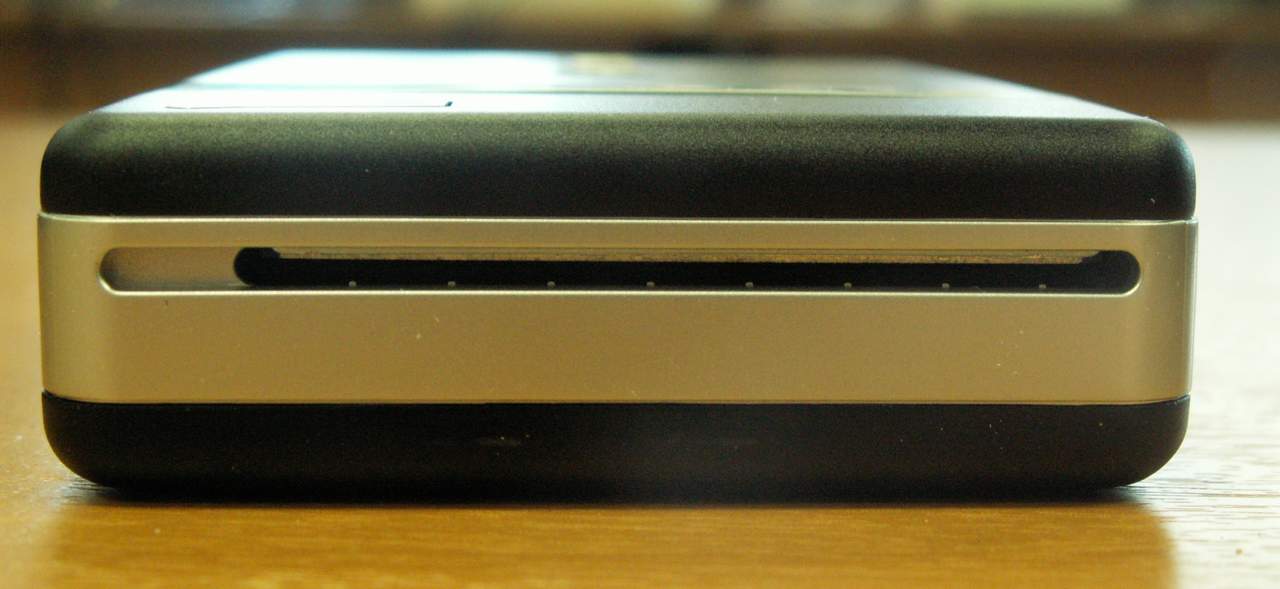

It looks like a weighty brick, comparable in size to a pair of glued 2.5 "hard drives. It weighs respectively. From the interfaces, there is a connector for power cord and USB 2.0 for PictureBridge.
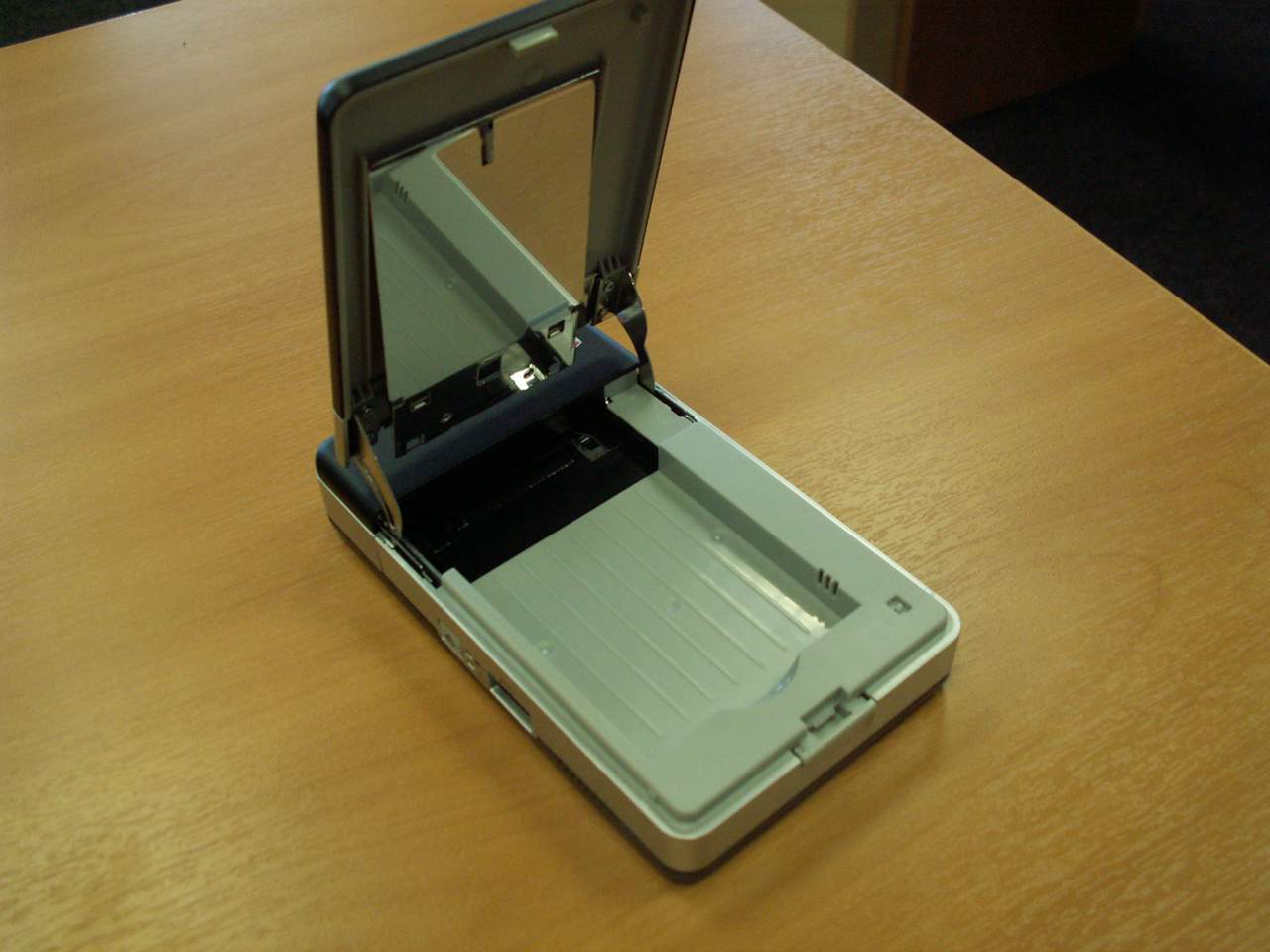
Under the top cover there is a compartment for photo-sticker paper and a metal plate holding the sheets. In appearance, about 20 sheets fit into the compartment, but I could not check it - only 10 were included.

This picture shows a control paper, which should be put the picture down. The printer spits it out before printing, and until it spits out it should not print. The meaning of this method is not very clear to me, but the first thing that comes to mind is the control of the "validity" of consumables.
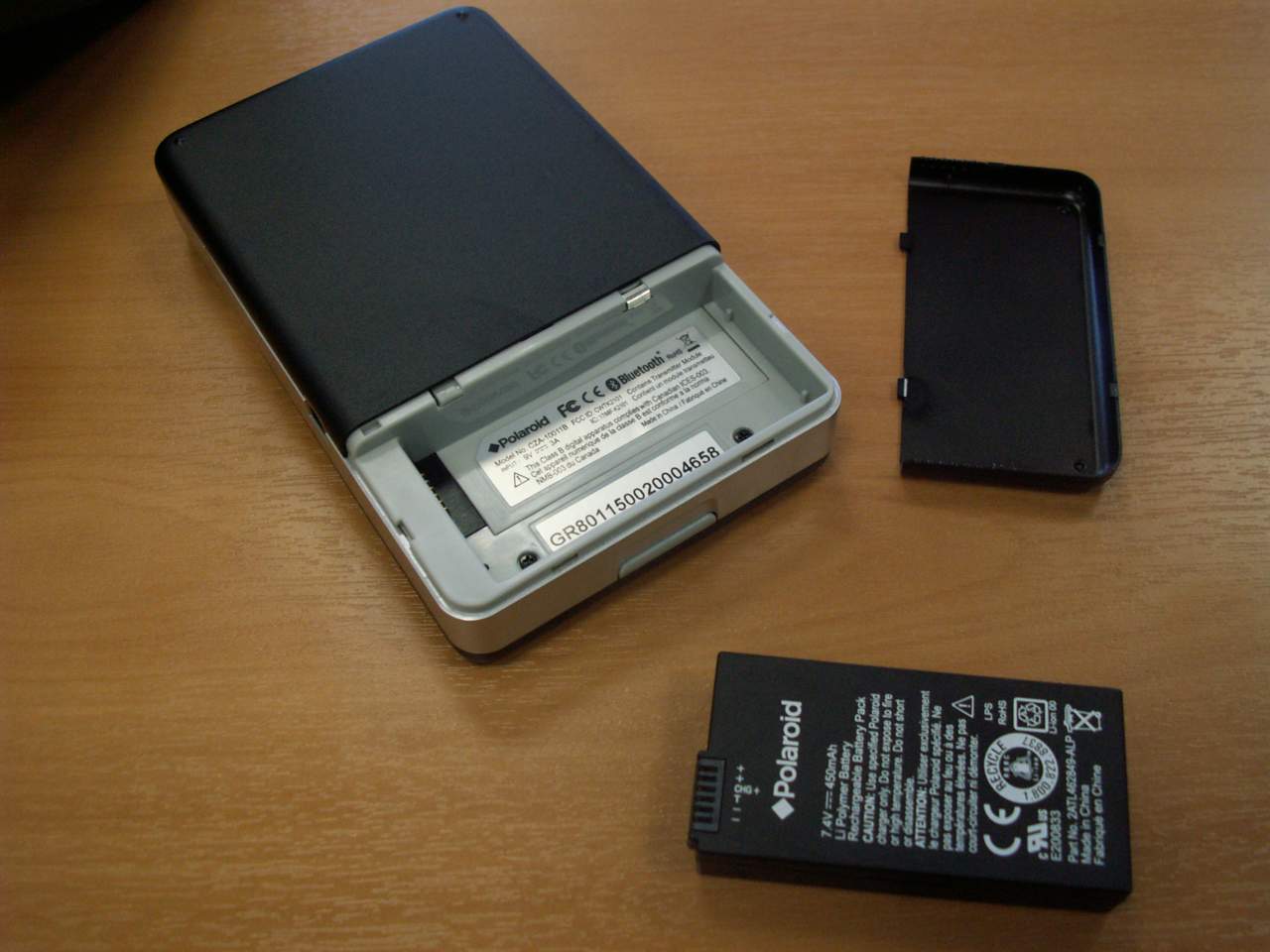
The battery is traditionally inserted into a special compartment, where it is written in small letters about the presence of Bluetooth and its MAC address. After a two-hour charge, I switched directly to printing photos.
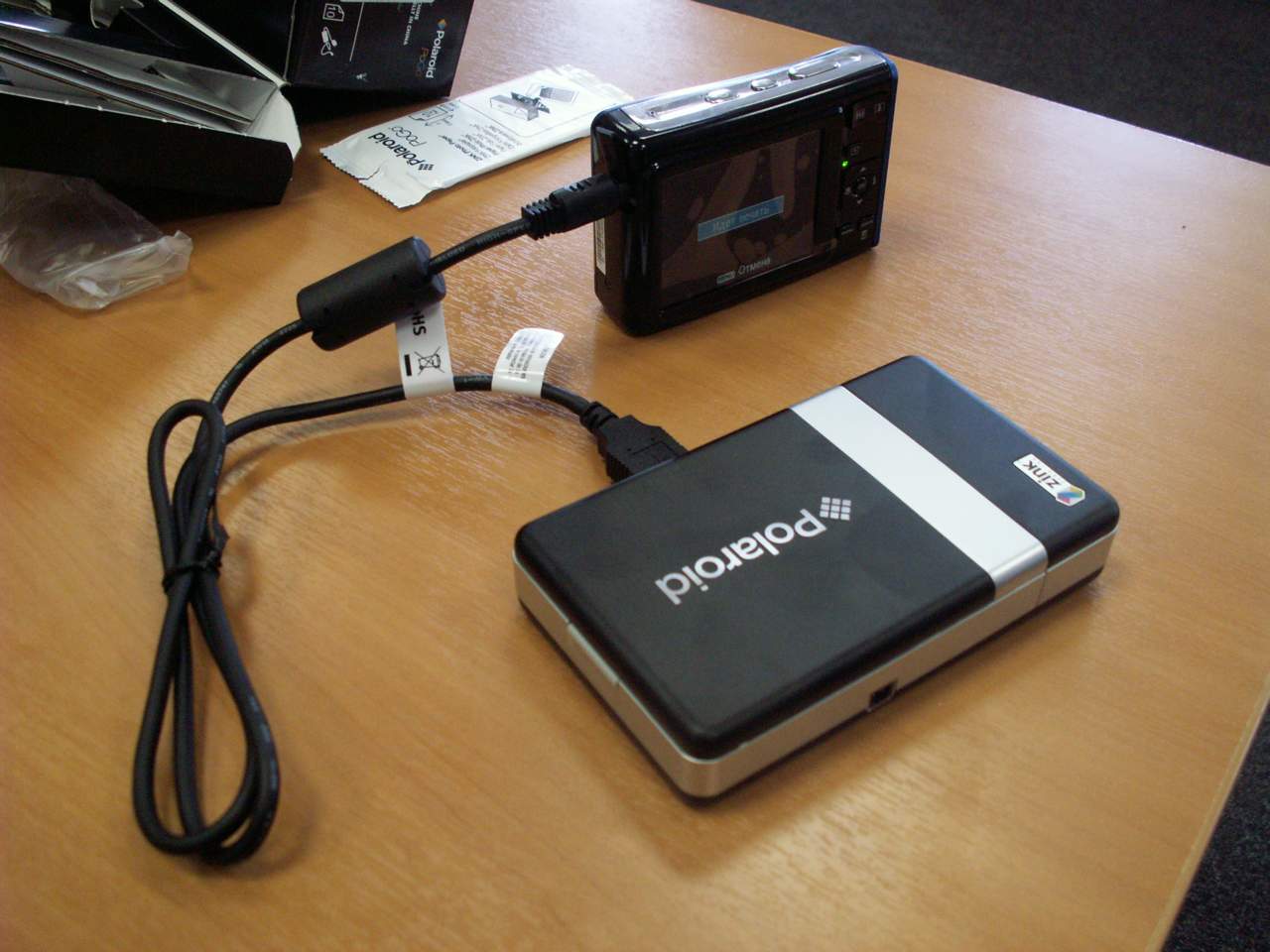
We connect the camera to the printer and select the PictureBridge mode, then select the photos for printing and wait for the result. The camera disappointed here too - thanks to the excellent “Russian” interface, the choice of photos for printing turned out to be quite a non-trivial task. The printer works fine with other devices, so he has nothing to do with it.
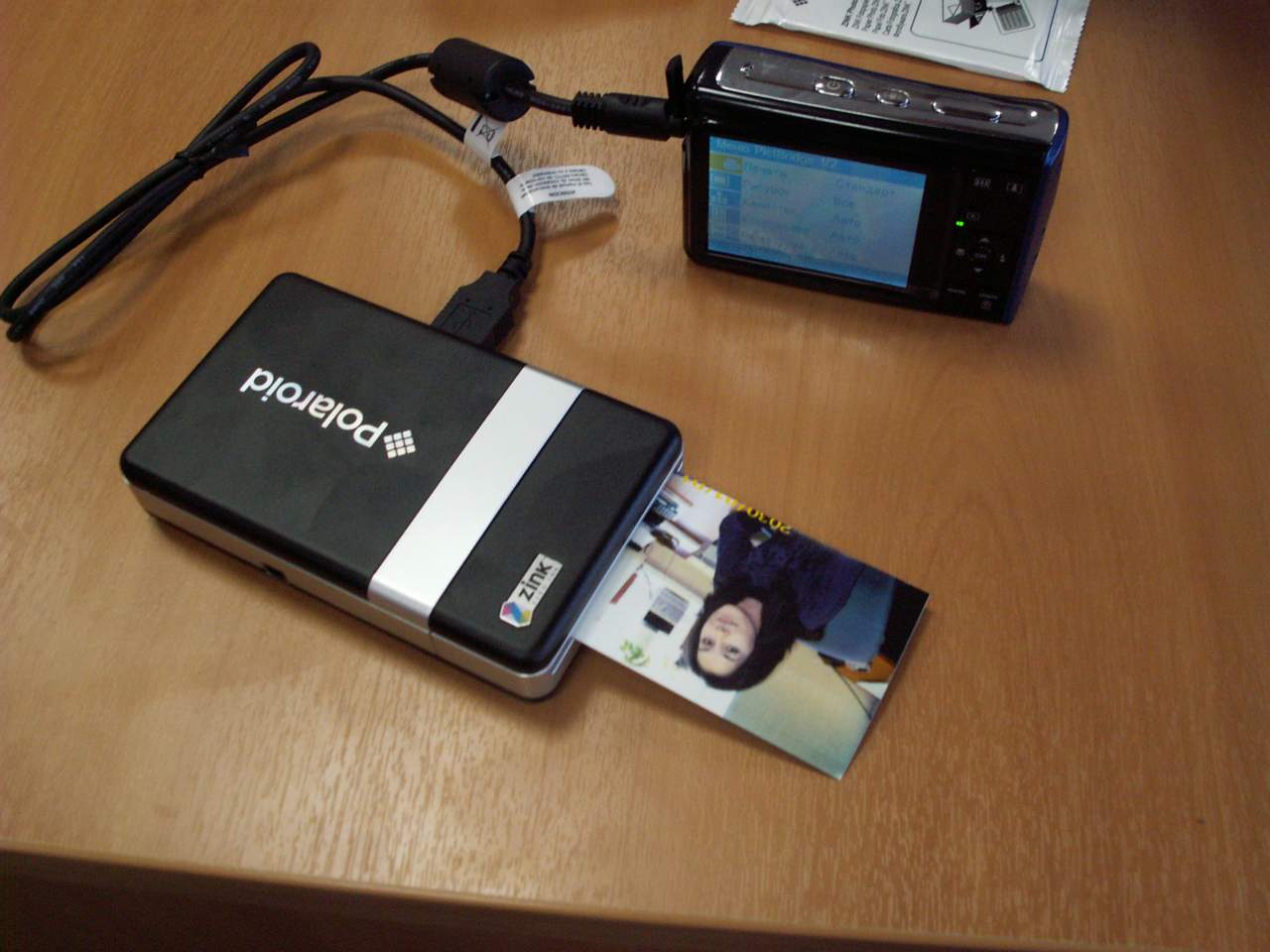
We get a printed picture, and give the girls who agreed to participate in the testing. The quality of the photos leaves much to be desired, but for the sticker it is quite tolerable. Unfortunately, there is no good camera at hand, with which one could show the flaws of thermal printing.
In the video, you can estimate the print speed.
After testing PictureBridge, I decided to try sending a couple of pictures via Bluetooth, but I did not succeed. Initially, I tried to send files via the Bluetooth stack from Microsoft, via the usb adapter - the connection was broken during the authentication phase. After disabling authentication, the printer simply did not respond, although it was visible among the available devices.
It was possible to send photos from a mobile phone without any problems, after I found in the box with the printer a sign with a drawn mobile phone and code 6000 . Strange, but in the instructions on this topic there is no mention. Perhaps different device series have different authorization codes, for security reasons.
Recommended retail price - 2499 p .
Thermal paper packaging from 30pcs - 500r.
Camera
Pros :
+ low price
Cons :
- interface
- Russification
- weak ergonomics
Mobile photo printer
Pros :
+ low price
+ mobility
+ support for PictureBridge and Bluetooth
Cons :
- difficulties with Bluetooth
Polaroid Po-Go is a rather strange and niche device that theoretically no one needs, and in practice a good and inexpensive gift. As a target audience, IMHO, it is worth considering teenagers and girls who will be pleased to glue their own and other people's photos everywhere. I will not say anything about the camera in principle ... =)
As for the integrated solution from Polaroid - for $ 200 you can get a toy for children, but not an instrument of instant photography, which was so popular at the end of the last century. In the arsenal of the company there is a camera with an integrated printer , but I haven’t yet hit the paws ...

By the will of the case, I came across a set of a Polaroid i1237 digital camera and a Polaroid Po-Go mini-printer, which together are a substitute for the very "Polaroids" that everyone is used to.
')

Equipment
For camera :
- Polaroid i1237 camera itself
- A pair of AA batteries
- Hand lace
- Custom USB Cable
- User manual and software CD
For printer :
- Polaroid Po-Go Printer
- Li-Polymer Battery 450MAh
- A small instruction manual
- Power supply with adapters
- 10 sheets for printing
Grade minimalist, only necessary and nothing extra. In terms of the camera - surprised by the lack of a memory card in the kit, they are not so expensive now. As for the printer - the paper could be put and more. Interestingly, they will not eat me for spending a little bit of it ...
Testing the camera

As a recommended price for this device, a modest 3699r was announced on the manufacturer’s website, so one could not wait for phenomenal results from the device. Specialized tests were not at hand, so testing would be superficial and subjective.
Specifications:
- 12.0 megapixels
- 2.7 "TFT LCD
- 3x optical zoom
- 4x digital zoom
- ISO support: Auto, 50, 100, 200, 400, 800, 1600, 3200, 6400
- 16MB of internal memory
Like everything like everyone else, without any frills. More detailed specifications can be found here .
General ergonomics
The usual thick "soap dish", without claims of ergonomics. In the hand is normal, do not say that it is convenient. I did not find what the “scene” button is responsible for. The “anti-shake” power button is located between the power button and the “shutter” button.
Interface
The interface is very crappy, access to the general menu is possible only from the photo viewing mode. Localization into Russian is, though leaves much to be desired. When you press the "menu" button in shooting mode, the camera will offer to choose the frame size, enable face detection, adjust the delay and auto-view photos. Why all this is needed is not clear.
But the worst thing is that in 20 minutes of picking on a small menu, I never found where to turn off the time stamp in the photo. I didn’t want to go into the instructions on the CD, maybe the secret lies somewhere there. Or maybe there is a problem in the Russian localization, in which the sub-item “Screen save” is the setting of energy saving functions.
Well, in general ... who do they interfere with, these "small" little yellow letters? =)
Photo
Everything is quite mediocre, although the camera takes pictures with its 12 megapixels. For clarity - a couple of frames in the ratio of 16: 9 (it stood by default) compressed to 1280x720.


At this point I ended up with a camera in order not to upset myself.
Printer testing

The Polaroid Po-Go Printer is a small box that prints 2x3 inches at a speed of 1 per minute. As possible transfer interfaces are PictureBridge via a USB cable from a camera, as well as Bluetooth.
ZINK (Zero Ink from English - “ink zero”) is a new way to print full-color digital images that do not need ink cartridges or ribbons. This technology includes ZINK-specific paper and intelligent solutions embedded in all ZINK-enabled devices. When developing this revolutionary technology, over 100 patents were registered and prepared for registration, which already speaks for itself. With ZINK technology, you get great pictures of any possible size, postcards, posters, cards and labels that you can print without thinking about buying new ink or thermal sublimation cartridges.
Specs
- Printing - thermal, technology Zink
- Print speed - 1 image per minute
- Communications - Bluetooth2.0, USB 2.0
- Dimensions - 7,2x12x2,35mm
- Weight - 227g (without paper)


It looks like a weighty brick, comparable in size to a pair of glued 2.5 "hard drives. It weighs respectively. From the interfaces, there is a connector for power cord and USB 2.0 for PictureBridge.

Under the top cover there is a compartment for photo-sticker paper and a metal plate holding the sheets. In appearance, about 20 sheets fit into the compartment, but I could not check it - only 10 were included.

This picture shows a control paper, which should be put the picture down. The printer spits it out before printing, and until it spits out it should not print. The meaning of this method is not very clear to me, but the first thing that comes to mind is the control of the "validity" of consumables.

The battery is traditionally inserted into a special compartment, where it is written in small letters about the presence of Bluetooth and its MAC address. After a two-hour charge, I switched directly to printing photos.

We connect the camera to the printer and select the PictureBridge mode, then select the photos for printing and wait for the result. The camera disappointed here too - thanks to the excellent “Russian” interface, the choice of photos for printing turned out to be quite a non-trivial task. The printer works fine with other devices, so he has nothing to do with it.

We get a printed picture, and give the girls who agreed to participate in the testing. The quality of the photos leaves much to be desired, but for the sticker it is quite tolerable. Unfortunately, there is no good camera at hand, with which one could show the flaws of thermal printing.
In the video, you can estimate the print speed.
After testing PictureBridge, I decided to try sending a couple of pictures via Bluetooth, but I did not succeed. Initially, I tried to send files via the Bluetooth stack from Microsoft, via the usb adapter - the connection was broken during the authentication phase. After disabling authentication, the printer simply did not respond, although it was visible among the available devices.
It was possible to send photos from a mobile phone without any problems, after I found in the box with the printer a sign with a drawn mobile phone and code 6000 . Strange, but in the instructions on this topic there is no mention. Perhaps different device series have different authorization codes, for security reasons.
Recommended retail price - 2499 p .
Thermal paper packaging from 30pcs - 500r.
Verdict
Camera
Pros :
+ low price
Cons :
- interface
- Russification
- weak ergonomics
Mobile photo printer
Pros :
+ low price
+ mobility
+ support for PictureBridge and Bluetooth
Cons :
- difficulties with Bluetooth
Polaroid Po-Go is a rather strange and niche device that theoretically no one needs, and in practice a good and inexpensive gift. As a target audience, IMHO, it is worth considering teenagers and girls who will be pleased to glue their own and other people's photos everywhere. I will not say anything about the camera in principle ... =)
As for the integrated solution from Polaroid - for $ 200 you can get a toy for children, but not an instrument of instant photography, which was so popular at the end of the last century. In the arsenal of the company there is a camera with an integrated printer , but I haven’t yet hit the paws ...
Source: https://habr.com/ru/post/84447/
All Articles